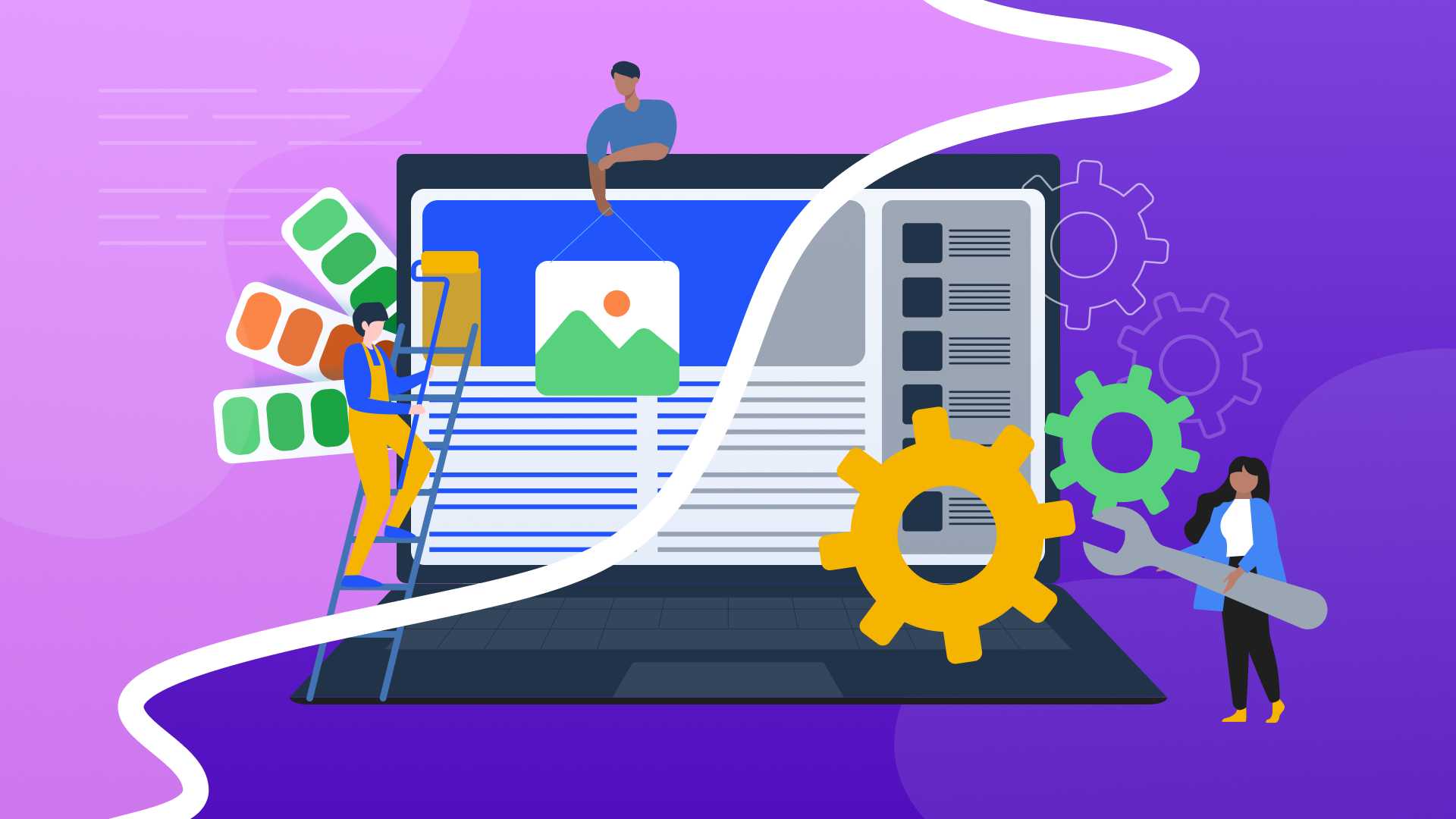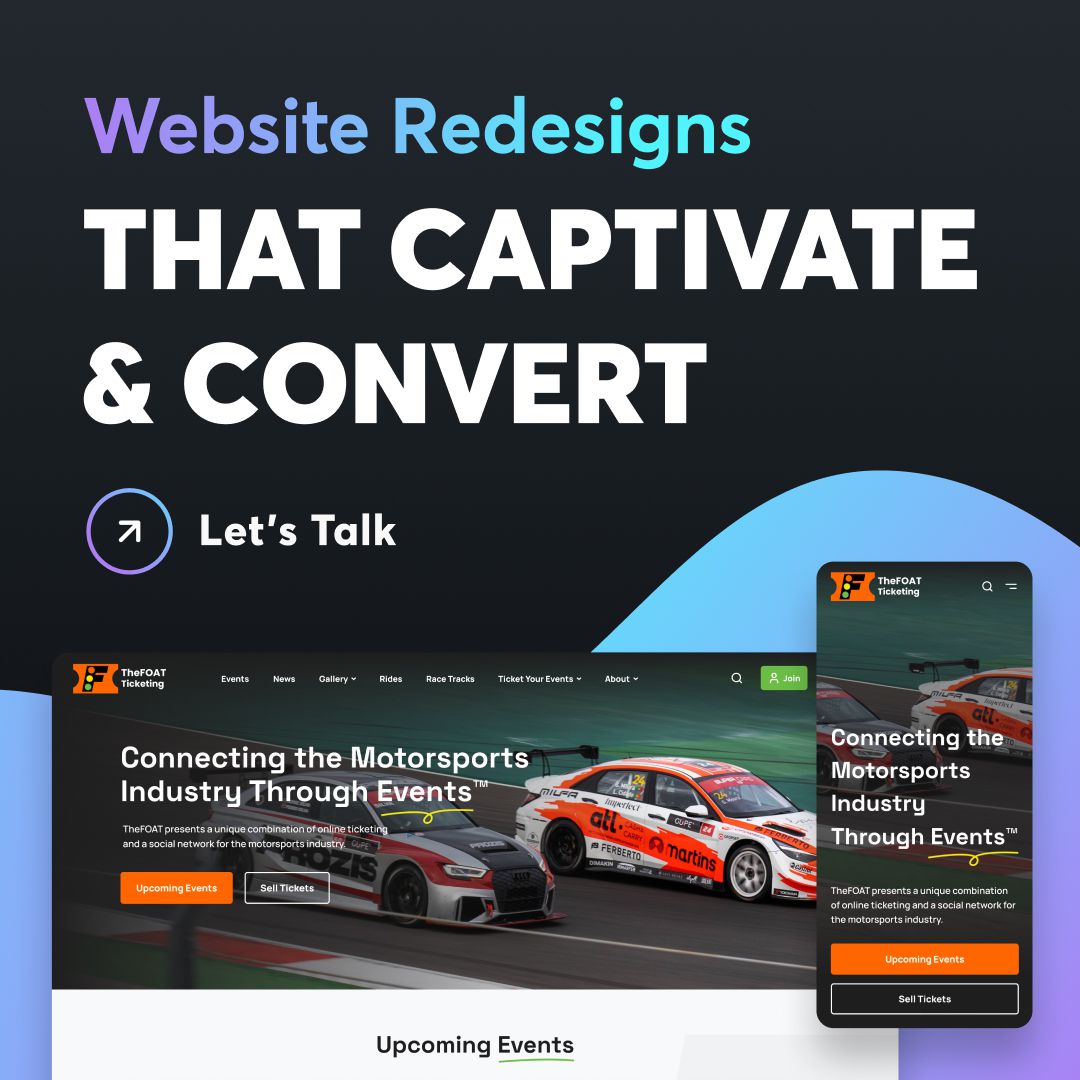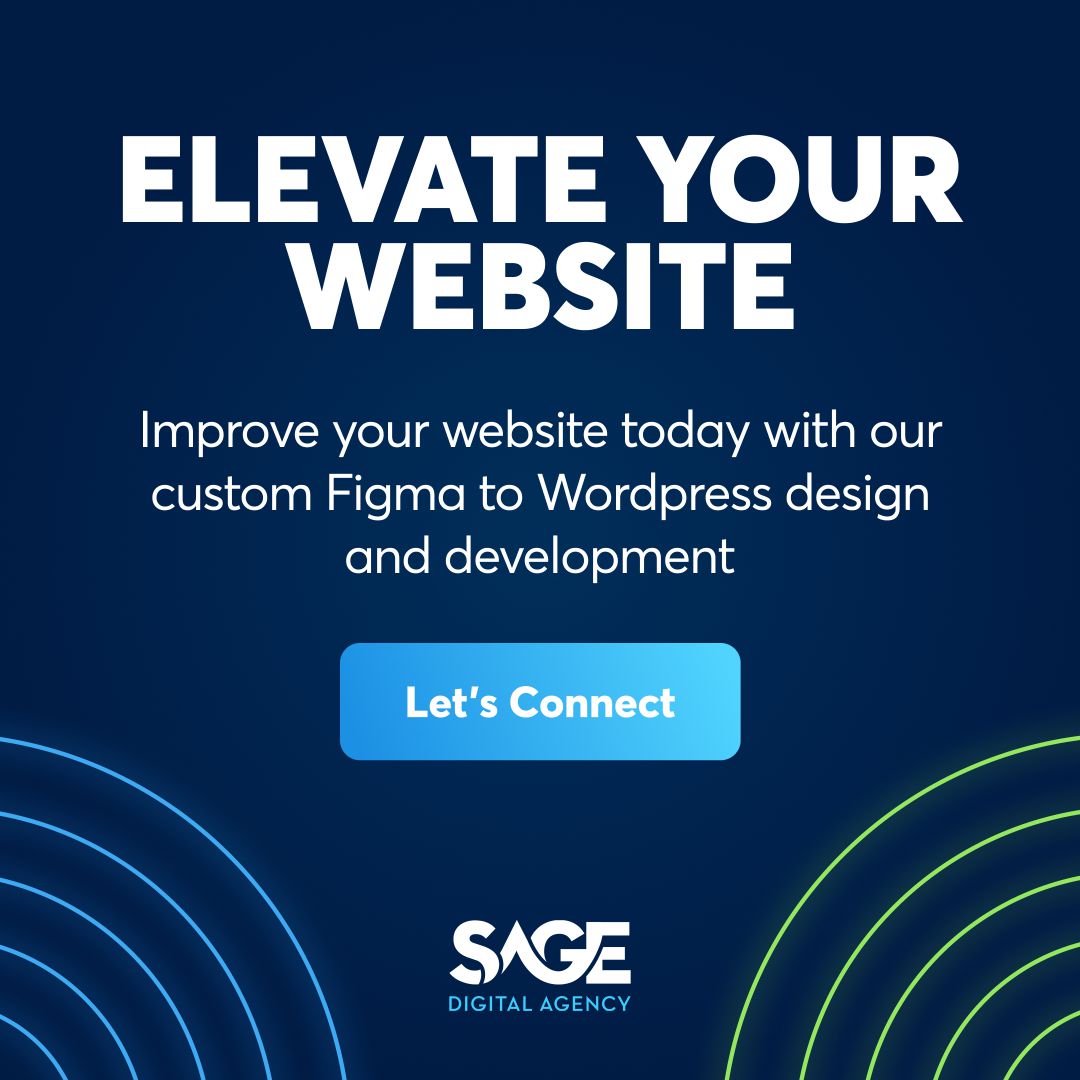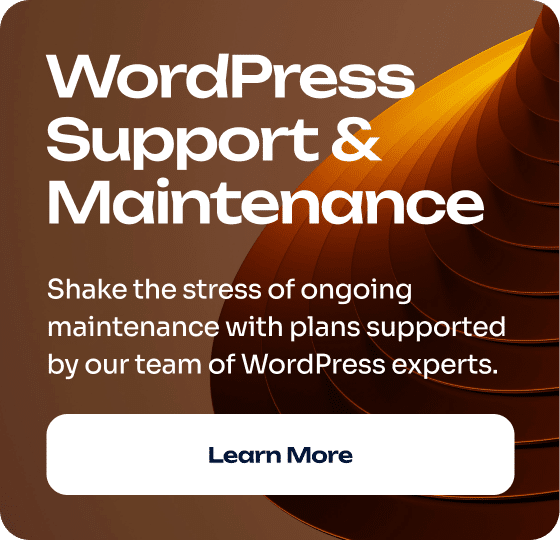Want to learn the difference between a website redesign and fixing your current website? If so, you’ve come to the right place!
Keep reading to find out how these approaches differ and which one will best suit your needs. 📖
Website redesign vs fixing your current site
What’s the difference?
Website Redesign 🪄
- Scope: A website redesign is a comprehensive overhaul of a website. It’s not just about tweaking a few elements but reimagining the entire site.
- Purpose: The goal of a website redesign is to improve the site’s UX, update its appearance, ensure it’s responsive, and more.
- Process: Redesigning a website requires a more in-depth process than simply fixing issues on the site.
- When It’s Needed: Website redesigns are useful when a site is outdated, not performing well, or when there’s a significant shift in business goals.
Fixing Your Current Site 🛠️
- Scope: This approach focuses on improving an existing website without a complete overhaul.
- Purpose: The main aim of a website fix is to fix underlying issues, restore full functionality, and address specific key issues.
- Process: Fixing a website is simpler and faster than a full website redesign.
- When It’s Needed: Fixing an existing website is suitable when the overall site is effective, but certain elements need refinement or updates.
Website redesign benefits:
| UX improvement (Enhancing navigation, layout, and overall ease of use) |
| Visual redesign (Updating graphics, color scheme, typography, etc.) |
| Customized branding elements (Tailoring visual elements to align with your brand) |
| Mobile Responsiveness (Ensuring the site is fully optimized for mobile) |
| Speed Optimization (A Grade in GTmetrix) |
| Integration of new features (Submission forms, chatbots, interactive elements, etc.) |
| Security updates (HTTPS protocol, firewalls, security plugins, and more) |
| Social media integration (Integrate Facebook, Twitter, LinkedIn, and more) |
Fixing your current website benefits:
| Improved functionality (Enhancing existing features) |
| Bug fixes (Utilizing a surgical approach) |
| Cost efficiency (Generally more affordable than a complete redesign) |
| Quick turnaround (Implementing fixes faster) |
| SEO enhancements (Primarily fixing on-page SEO issues) |
| User feedback (Incorporating user suggestions for a better UX) |
| Compliance updates (Ensuring the site meets current accessibility standards) |
| Performance boost (Optimizing site speed without altering the structure) |
Q: Which one is right for you – A redesign or a fix?
Which one is right for you depends on your business needs.
To find out what you need, it’s best to sit down with a trusted web designer, review the list of issues your site is facing, and hear the designer’s recommendations.
We invite you to book a free consultation call with Sage Digital Agency to get started with this process.
What to remember before our discussion:
Businesses often come to us for help when they don’t receive the support they need from their old web designers.
In fact, our clients have told us on several occasions that their original designers outright ignored and neglected their needs, which ultimately hurt their websites, sometimes severely.
These kinds of scenarios highlight a crucial point:
Websites often need top-level professional support to address problems before they escalate.
The problem, though, is that sometimes business owners don’t receive the support they need, and this leaves them having to make a desperate decision:
- Either they fix the mounting problems on their current website
- Or they tear everything down with a full website redesign and try again
When is a full website redesign needed?
Redesigning a website makes sense if it has major design and development problems.
Here are some problems that may call for a website redesign:
Boring, outdated design 💤
Poor UX 😓
Slow website 🐌
Major branding changes 💫
Scaling challenges 🌐
Consistent negative feedback 🗣️
Inadequate mobile experience 📵
If your site has any of these issues, we can help.
When is keeping your current website needed?
While redesigning a website can be very helpful, there are some situations in which it’s better to keep your existing website.
Your site has complex functions
If your website has complex functions, such as ecommerce or user accounts, a redesign can disrupt these systems.
Certain fixes are all you need
You don’t always need a high-level custom website redesign. Sometimes, your website just needs a certain issue or set of issues fixed.
Your site has good SEO performance
If you have invested heavily in search engine optimization and have achieved high search rankings, redesigning your website could potentially harm your SEO efforts.
What does a website redesign entail?
At Sage Digital Agency, a website redesign requires us to thoroughly analyze your current site, identify areas for improvement, and then develop a new, more effective design.
For a general overview of our design process, check out the video on our Process page: Sage Digital Agency’s proven 5-step Design Process
Website Redesign Specifics
Here’s a more detailed insight into the specific steps we take when redesigning your website:
Initial Website Evaluation 🔬
Our process begins with an evaluation of your current website and an analysis of your competitors. This helps us understand your niche and identify key areas for improvement.
We then use Figma to fully design your website without affecting your existing site.
Content Strategy ✍️
Next, we carefully examine your existing website’s content and strategically use it in the redesign.
If your content needs improvement, we help you refine it.
Development Process 💻
The actual development of your website then occurs in a secure development environment.
Here, we fully build your site away from the public eye.
This crucial phase allows us to adjust every aspect of your site until it perfectly meets your requirements.
Launching Your Redesigned Site 🚀
Only after your redesigned site has been completely built and received your 100% approval do we replace your current live site.
This ensures a seamless transition from the old site to the new, with minimal disruption to your online presence.
Making Incremental Improvements 🔨
When minor updates are needed, such as adding a new page, we work directly on your live site.
This is not a redesign, just a fix.
Ecommerce Redesign Considerations 💰
When working on ecommerce sites, we often create a duplicate of the website in what’s known as a staging environment. This is essentially a private version of a site that’s inaccessible to the public.
The staging site provides a safe space to make changes without impacting the live, customer-facing site. This means we can redesign, tweak, and test new features without impacting the client’s business operations.
Ecommerce sites are dynamic, with frequent database updates like new orders, customer details, and inventory changes. Working in a staging environment allows us to manage these changes more effectively.
Once the redesign is complete and approved, we can seamlessly transition the updated site from the staging environment to replace the live site.
Ready to work with Sage Digital Agency?
Visit our Connect page to schedule a free consultation!
Note: Here are 3 questions to ask before committing to a redesign
1. How will you make my website better while avoiding the pitfalls of a redesign?
2. Are you a custom designer, or are you downloading a template and changing text and images?
3. Will my investment lead to a lasting, effective website solution rather than just a quick, superficial fix?
» MORE: 7 Steps to Follow Before You Hire A Website Designer
About Sage Digital Agency
Sage Digital Agency is a small international team with several years of collective experience in web design.
Our focus is designing, building, and managing WordPress websites.
- See our Portfolio for work examples.
- See our Google reviews.
- See our Client Testimonials.












